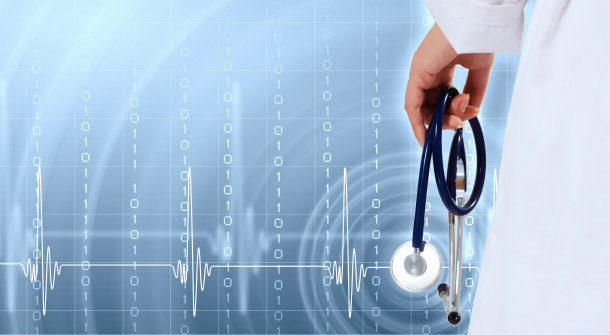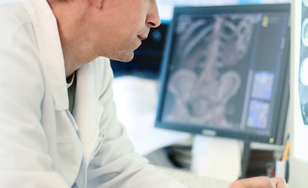At least one third of patients with cancer have pain at the time of their diagnosis and nearly 75% of the patients experience moderate-to-severe pain in the advanced and terminal stages of their disease. Unfortunately, 10% to 15% of patients with cancer-related pain do not achieve acceptable levels ofpain relief with opiates alone or in combination with conventional adjuvant analgesics, which negatively affects patient's quality of life.
Chronic pain is a prevalent problem in the general population and is one of the most common reasons that prompts patients to visit their doctors. The pain that is resistant to typical treatment modalities presents a challenge for the physician and may have profound consequences for the quality of life of the patient.
Over the past 4 decades, there has been increased interest in developing minimally invasive techniques for the treatment of disc herniations and chronic discogenic pain. This trend may be related to concerns relative to surgical trauma, potential complications of operative interventions including death, and questionable efficacy in relieving discogenic pain.
Abdominal wall hernias occur commonly, with a prevalence of 1.7% for the general population and 4% for those over the age of 45 years. Seventy-five percent of abdominal wall hernias are inguinal hernias. Repair of inguinal hernias is performed at an annual rate of 2800 per million population in the United States and Europe, with the majority of patients being male.
Spinal cord stimulation (SCS) elicits chronic pain relieving effects via mechanisms of action poorly understood but theorized to include gate control activation, conductance blockade of the spinothalamic tracts, activation of supraspinal mechanisms, blockade of supraspinal sympathetic mechanisms, and activation or release of putative neuromodulators.
51-year-old gentleman underwent total left knee replacement because of severe osteoarthritis. The procedure was complicated by an injury to the popliteal artery, requiring repair by a vascular surgeon. Despite early intervention patient reported pain around left knee, coldness in his foot, and paraesthesia throughout his left calf.
Patient reports gradually worsening blurred vision and head pain, followed by numbness and tingling to the right arm and the right side of his face, weakness in his right arm and leg leading to nearly complete paralysis of his right side, with symptoms lasting up to four hours. He reports these headaches on average three times a week of varying degrees of intensity and right sided involvement.
This case report presents the use of spinal cord stimulation (SCS) in a patient with urinary incontinence who had previously undergone trial and implantation of InterStim therapy (Medtronic Neurological. Minneapolis, MN). The patient also experienced bilateral lower extremity pain and low back pain related to post-laminectomy syndrome.
The incidence of chronic palli as an outcome of surgerv following many procedures— including amputation, mastectomy, thoracotomy, sternotomy, cholecystectomy, inguinal hernia repair, dental procedures, vasectomy, prostatectomy, knee meniscectomy and total joint replacement is well documented.
Anal fissure is a common and painful disorder that causes significant morbidity. Fissure in ano or anal fissure is a linear tear in the squamous epithelium of the anus below the dentate line. This condition affects all age groups, but it is particularly seen in young and otherwise healthy adults.
Статьи 61 - 70 из 71
Начало | Пред. | 4 5 6 7 8 | След. | Конец









